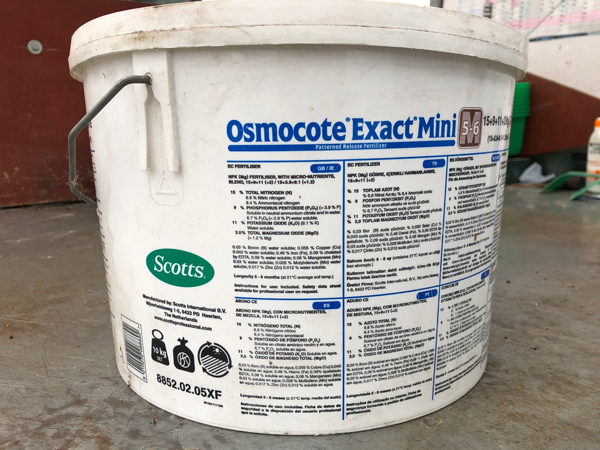Frugal Fertiliser Use and the Fabulous Fabaceae Family

One of the most important plant nutrients is Nitrogen. This is the ‘N’ part of the NPK rating on the side of most bags of fertiliser sold in the UK. Plants require nitrogen to make the amino-acids, proteins and enzymes that they need for health, function and to promote leaf growth. Apart from insectivorous plants like Sundew and Venus Fly traps; which absorb the nitrogen they need from the insects they trap; most plants are unable to assimilate nitrogen directly from the air around them. They need the nitrogen to be ‘fixed’ in the form of nitrate or ammonium salts but most nitrate and ammonium fertilisers are extremely soluble and are easily leached from the soil.
Before you break open your bag of spring fertiliser to scatter round the garden consider the following:
Nitrate fertiliser use has increased 800% since the 1960s and is mainly manufactured from ammonia, synthesised from fossil fuel feedstock.
In England the Environment Agency has now designated about 55% of the land as a Nitrate Vulnerable Zone, to highlight the problems of nitrate leaching into groundwater.
So, reducing our use of nitrate fertilisers will both reduce our carbon footprint and also the problems associated with nitrate leaching.
One way we could do this is to grow plants from the Fabaceae family, more familiarly known as the ‘Legumes’ or Pea family. This is the third largest family of plants (dwarfed only by the Orchids and Asters) and they have evolved a closed relationship with Azo-bacteria which is able to ‘fix-nitrogen’ from the air, within the nodules on their roots. Most other plants are much more dependent on added nitrogen fertiliser for their health.
Here are a few plants from the Fabaceae family you might like to try growing in your garden this year:
